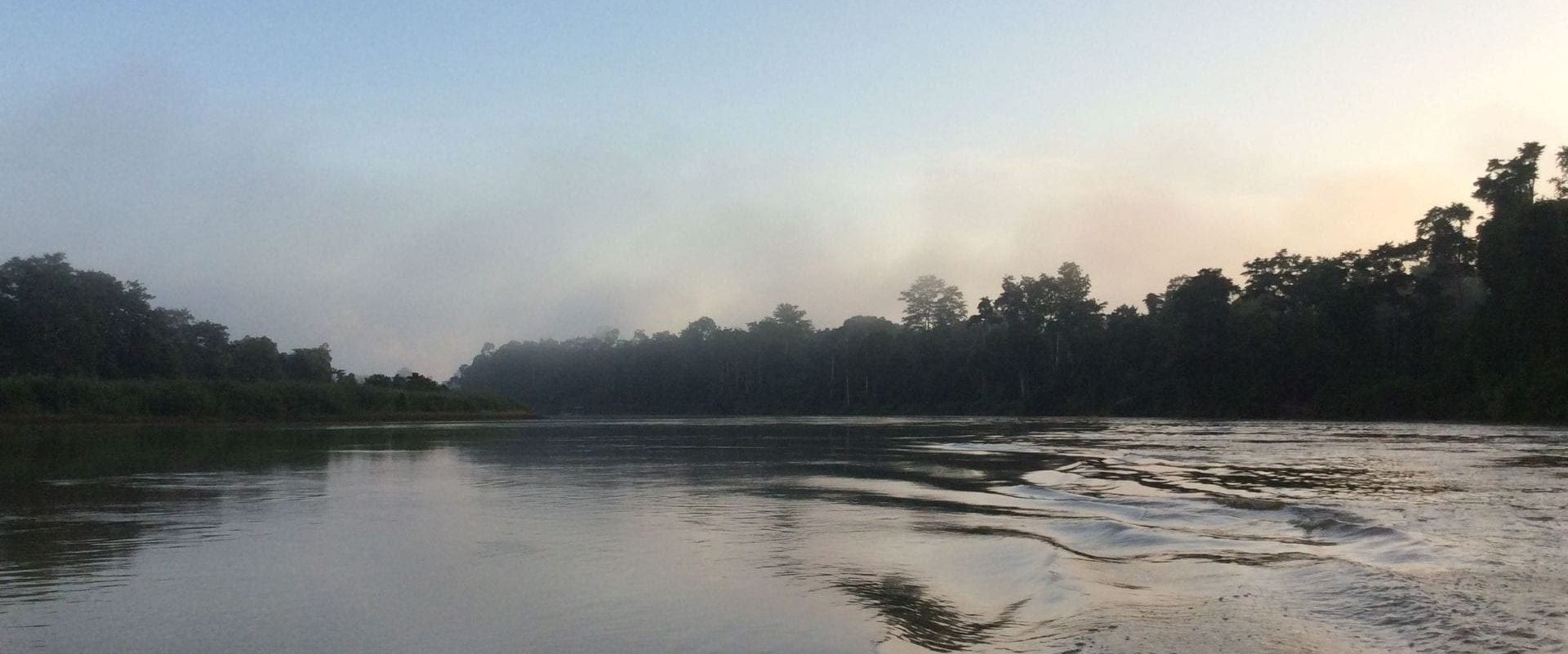The remote learning period has allowed us explore an area of science on our own, and develop it into a project. I have decided to analyze typhoon trends in the Northwest Pacific Basin as it is a topic which interests me both personally and scientifically.
There were many challenges I encountered throughout this project, and while my project was successful in overcoming some of them, there were several goals I had that failed. By far the most difficult part of the project was finding primary data on typhoons that goes back far enough (at least 50 years) and is accessible. For country level analysis, they should preferably come from the respective national meteorological agency. A success is that I was able to find and interpret data from the Japanese Meteorological Agency (which has a dataset in English), the China Meteorological Association, and the Taiwan Central Weather Bureau (the latter two of which has a dataset in Chinese, which I know). Unfortunately, the datasets in for Vietnam and the Philippines are in their respective national languages and thus I was not able to understand it at this point in time, s0 I had to unfortunately omit this from my project.
An important part of science is reading, understanding, and evaluating past literature done on the same or tangential areas as the focused research topic in question. I spent hours combing through all the articles I could find about this subject in reputable journals (such as the Journal of Climate published by the American Meteorological Society) or published by reputable organizations (such as the Intergovernmental Panel on Climate Change, IPCC). Even here, there were a lot of conflict about the conclusions the authors had drawn about climate change in Northwest Pacific Basin. Interestingly, the Atlantic Basin apparently has much more reliable long-term data records (partially as a result of it being a frequently navigated sea route), so the IPCC was able to draw a definitive conclusion that there is a statistically significant increase in the frequency and intensity of hurricane occurrence. The IPCC did not draw any definitive conclusion about the Northwest Pacific Basin, citing a lack of reliable data, a challenge I also encountered in my project.
At the end of this project, I was also able practice and develop my communication skills in a presentation to a group of my peers. A problem often encountered by professional scientists is how they could make their research and results, (which are often highly specialized and technical in nature) understandable to a general population or even to fellow colleagues. For this, I had to distill the most important conclusions I had drawn without going into too much detail regarding the data analysis (only giving a general procedural outline). I have attached the presentation below.
While probably requiring more comprehensive analysis to be scientifically useful, my project does relate to a significant real world natural disaster – typhoons. Typhoons (or tropical cyclones, which are the general term for them) cause significant amounts of humanitarian and economic damage, often disproportionately affecting less developed or developing economies due to less resilient infrastructure and buildings compounded by poor populations. For example, the typhoon Haiyan in 2013 and even the couple that passed over the Philippines have inundated farmland, homes, as well as destroyed roads and public works, to greater and lesser extents. The results of my data analysis, while suggesting that typhoon frequency has not changed much over the past 70 years, also suggests that there may be an increasing frequency and intensity on landfall (though only for China). If so, infrastructure and coastal defences needs to be built around trends and projections like the one I did.
Obviously, the first thing I could have do to develop my project is to analyze and interpret the datasets from the Philippines and Vietnam, maybe with the assistance of someone who understands the languages. Even more advanced analysis would require different statistical methods, such as the Mann-Kendall method to test for statistical significance, which requires the implementation in R or Python. Also, while I have in my project only analyzed the intensity based on tropical cyclone categorization where possible (which is based on wind speed, and approximately correlated with eye barometric pressure), other factors are not taken into account. Other factors such as precipitation amount, tracking speed, and tracking direction could also be taken into account in the future.
I have included my project report below for reference.

Anthony,
What an impressive project! Thank you for taking the time to reflect so carefully on what you learned – both in terms of the academics, and also in undergoing this process. I was so impressed with your ambitious undertaking here, in your bravery for diving into such complicated data analysis in order to devise firsthand data in answering your research question – wow! It takes a dedicated academic mind and a diligent personality to make such magic happen, and then to be able to share it so effectively also. What a pleasure it has been to support you in this endeavour! All the best <3